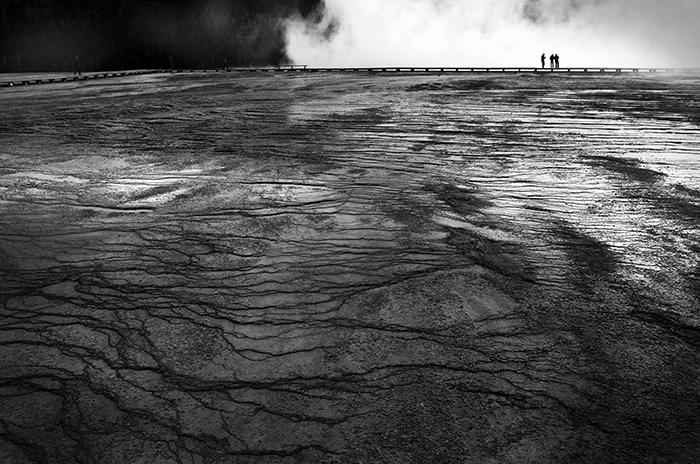2017 Vergil America Invited Exhibition
Inheh Hwang
Septe. 29th – October 5th, 2017
Hyehwa Art Center 혜화아트센터
156 Daehak-ro, Jongno-gu, Seoul, Korea
Tel: +82-2-747-6943 / http://www.hyehwaart.com/

The Beginning of Calligraphies
For an artist, the memory of childhood is inseparable with the creation of art. Both always stay together. The memory becomes a factor that explains the subject matter or the motif of a work. It is likely to be found repetitively throughout her whole works. In this view, it can be said that a work of an artist is his or her experience itself. The same is true for this artist, Inheh Hwang. Interior and exterior environmental elements are the prime factors to develop her unique work of art. The trait of the place she was brought up and the relation with her family members also affected her. She was born near in Daegu, Kyungsangbuk-do and grew up surrounded by a beautiful garden with apple trees and pine trees. Her father was not only talented at calligraphies but extremely professional in poetry and paintings. It is natural for her to be influenced by her father, which brought her an opportunity to be raised in the atmosphere of humanities from her childhood.

What is important is the attitude she tried to embrace the chance and internalize it. Inheh Hwang accepted the learning opportunity given to her. She came to know the materials, brush and ink and found artistic potential in them. It goes without saying it served as a momentum for her to broaden and deepen her sight and understanding. Here the artist could meet the pictorial origin which could be found in Eastern culture. Her works have been developed in this environment, in which you can discover intellectual elements and traditional beauty of Korea at the same time.
Calligraphy, particularly, became the nourishment for her works and future artistic activities. It was not coincidental at all that she received a prize of calligraphy at the National Art Exhibition. Yet, she did not follow the general path, writing letters. She did choose more extensive drawing rather than develop techniques or focus on letters. In other words, the relations between lines and lines, lines and shapes, or shapes and shapes beyond the traditional view are more important to her. The rhythm of lines, the light and shade of shapes, and the dynamics of brush strokes were dealt with in a boundary of paintings, which enabled her to freely make use of forms that had never been available in calligraphies. Inheh Hwang as a Korean painter acquired orthodox and exemplary learning method. She understood the nature of Korean ink and went through many years’ of humanities training with calligraphy. The change of her working style over 40 years will be observed in this solo exhibition at Seoul Arts Center.

Integrated Vision with Letters
In the works of Inheh Hwang is visual comfort which is generated from pure and simple colors. She is walking through between nature, the present from God and letters, the superb product of mankind. There is abstract beauty treasured in her works, which brings viewers peace of mind. It originates from familiar colors and composition, and the combination of letters easily seen in daily life.
In her recent works, she pursues synthetic propensity with abstract calligraphy as the center. She deals with all the figures, landscapes, and abstract calligraphies in one section without dividing them. The exhibition at Galleri Nexus Kunstcenter in Denmark in 2010 demonstrated well this feature. This exhibition epitomized the direction she was heading. In addition to abstract paintings making good use of the property of Hanji, the free combination of the abstract and the figurative, three-dimensional works using Hanji as objects, and simplified figures on the basis of consonants and vowels of Hangeul are the exemplary works at the exhibition. Moreover, it was sensuous that she displayed paper knots at every strategic point.
The key of her working is she has kept dealing with the potential of letters. Her formative experiment using Hangeul’s own beauty and shape can be regarded as her specialty. This achievement is based on the personal experience connected to the tradition. Her adventurous spirit to consistently rediscover our culture also made up the ground. She has been willing to accept trivial experience as an important one. She embraced each element and turned it into a piece of art. This attitude makes her identity. In this sense, her various forms of works are identical to her self-portrait indeed.


– BFA, College of Fine Arts, Seoul National University
– 30 Solo Exhibitions (New York Tenri Gallery, Denmark NexusKunstCenter, Berlin Roho Gallerie, Paris Korea Cultural Center, Yonsei University Museum, Arco Museum, etc.)
– 23 Participations in Art Fair (Seoul, New York, Hong Kong, Morocco, Sydney, Shanghai, Beijing, Zurich)
– Grand prize in Namsong International Art Show, Joongang Arts Grand Prize Exhibition, Bronze award in AAI, National Arts Exhibition (Calligraphy)





